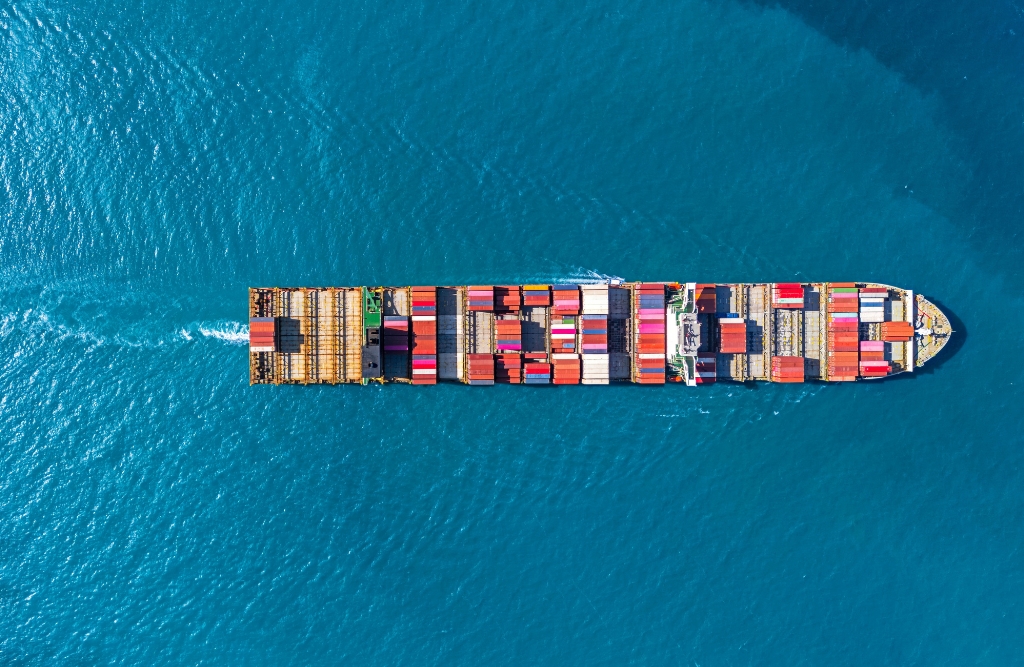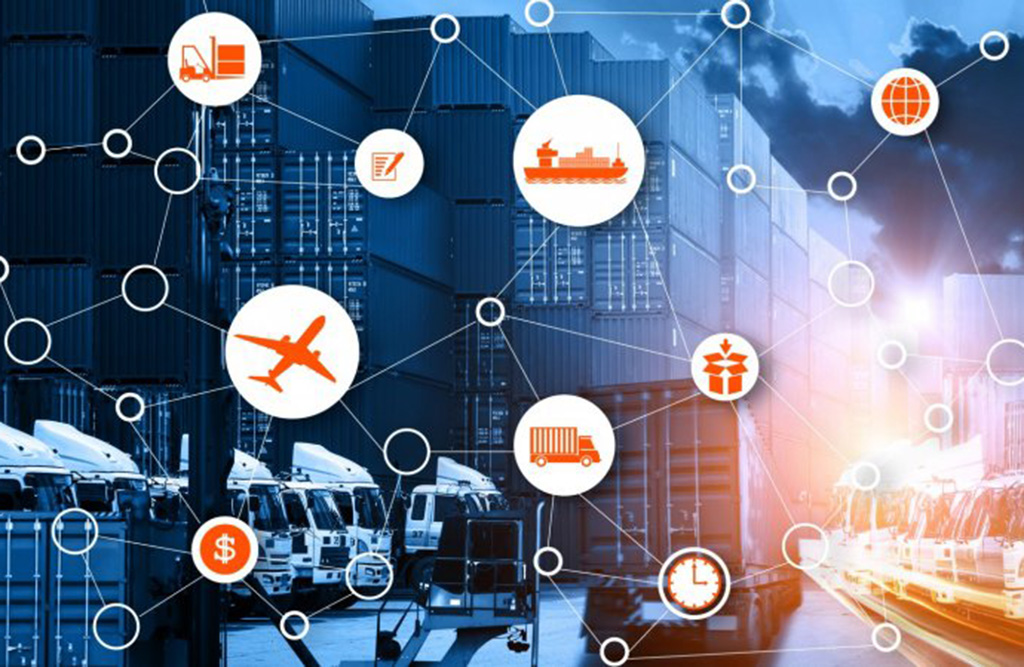The Long War on Global Supply Chains: An Urgent Call for Predictive Defense

For nearly three decades, a quiet but persistent war has been waged against the arteries of global commerce. China, Russia, and other state and non-state actors have methodically targeted the world’s supply chains— not through missiles or armies— through manipulation, control, and disruption of the commercial networks that underpin modern life. This “long war” has […]
A Snapshot into LogiPharma US and Pharmaceutical Supply Chain

Recent events have underscored the urgent need for supply chain adaptation, and the critical role technology plays in staying ahead of disruptions. LogiPharma US 2025 concluded last week, where life science leaders came together to discuss resilience, digital transformation, and proactive strategies in supply chain management. During our panel with Pfizer and Merck, we explored […]
TransVoyant’s NASCES Summit Recap

The NASCES Summit, a conference held in Las Vegas earlier this week, had speakers from across industries discussing emerging trends and best practices in supply chain and risk management. With global events leading into the conference like tariffs and the Israeli-Irani conflict, it’s no surprise that resiliency, transformation, and optimization were at the forefront of […]
From Tee to Tech: Golf, Statistical Process Control, & Supply Chain

Whether you’re trying to improve your golf game or streamline a global supply chain, the goal is the same: reduce variability and improve consistency. You might think golf and supply chain management are worlds apart, but they share a surprising number of similarities, especially when viewed through the eyes of an industrial engineer (or someone […]
AI is Not New

By Brian Lindenmeyer The first chatbot was developed in the 70s; even at a rudimentary level, that’s 70 years of research and AI. With further background development predating that in the 1920s with Bell Laboratories and Walter Stewart’s Statistical Process Control, over 100 years of advancements have contributed to creating the current AI landscape. The […]
Can traditional supply chains support the future of Cell & Gene Therapeutics?

By TransVoyant Team Modern logistics complexity, data intensity, and scalability costs have changed the landscape traditional supply chain models used to excel in. Companies and teams with products founded on a combination of recent research innovations feel this change most acutely. For example, in the biomedical and biotechnology space, Cell and Gene Therapeutics (CGT) has […]
4 Steps for Managing Supply Chain Emissions

By TransVoyant Team Governments and agencies recognize that the transportation sector is responsible for a large percentage of global carbon emissions, so they are targeting transportation-intensive industries with an increasing number of emissions regulations. To comply, companies must dedicate themselves to tracking and mitigating environmental impact, level of carbon emissions, and waste management across their […]
How AI Enhances Supply Chain Compliance

By TransVoyant Team Companies large and small are scrambling to quantify and manage their impact on the environment. The urgency to do so is hastened by pending policy changes and concern for the financial implications of non-compliance. …Manufacturers are becoming increasingly unsatisfied with being reactive when it comes to sustainability efforts. They recognize, with growing […]
How to Avoid Detention and Demurrage Fees

By TransVoyant Team Importers and exporters sometimes get a surprise when they receive their bill for shipping containers. The bill often includes extra fees for detention and demurrage, which can be a substantial financial loss. What are these charges and how can you deploy digital management tools to avoid this risk? Although it is common […]
3 Reasons 3PL Data Isn’t Good Enough

By TransVoyant Team Despite a variety of visibility options on arrival and delivery times available from shippers, many supply chain managers tell us that that’s good enough to meet their needs. When we unpack the reasons, a clear pattern emerges. These are the top three reasons that managers say shipper visibility isn’t sufficient: 3PL Data […]